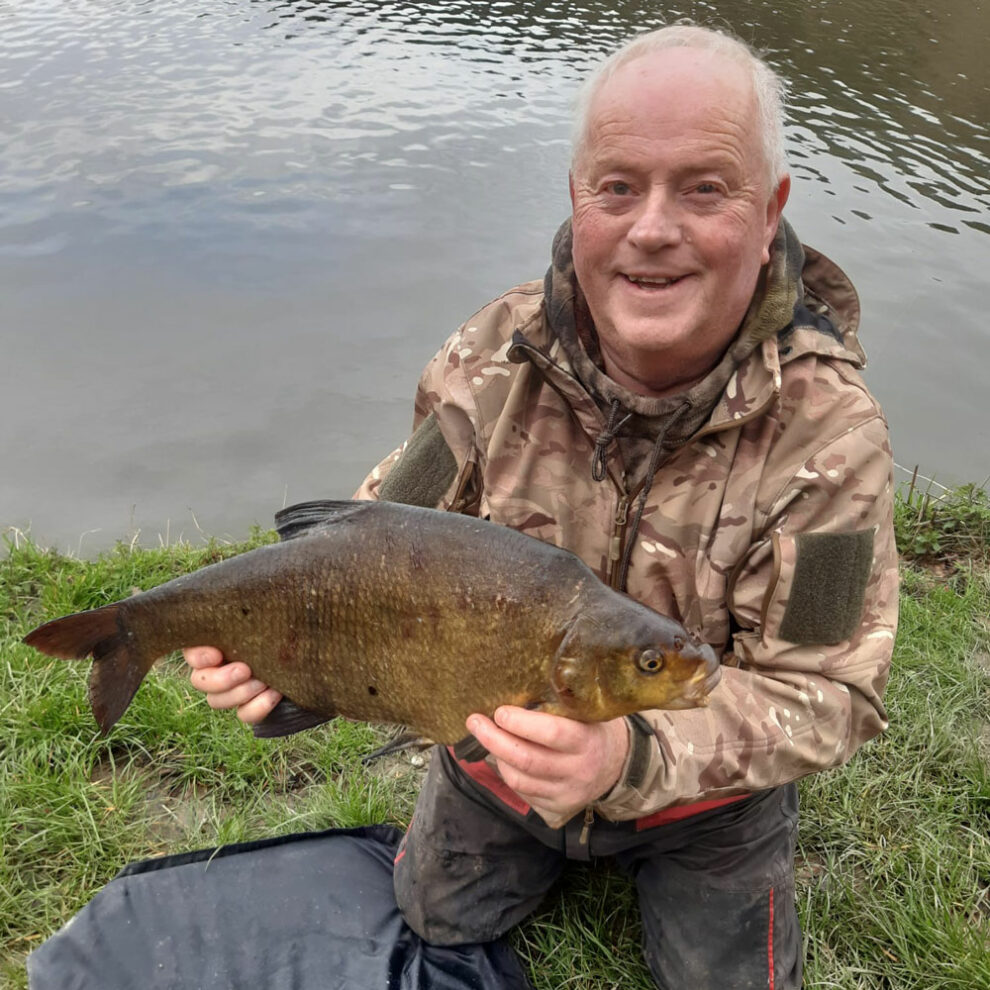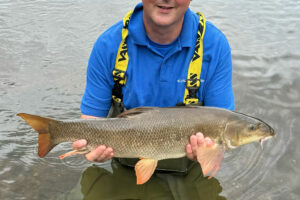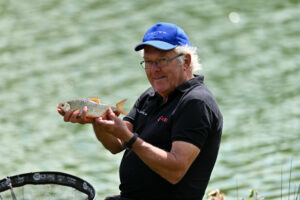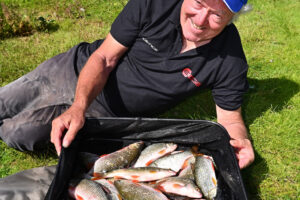Guest Post by Mike Thrussell
Although sea fishing has taken up much of my life, I’m more of an all-round angler having always fly-fished for trout, sea trout, and the odd salmon, and over the past decade or so, really got into my carp fishing, too, even joining a syndicate. But there’s only so much you can do, and the fact is that I’ve neglected coarse fishing, with only the odd trip here and there over the years. Having reached a certain age, and with a little more me time available than I’ve ever had previously, it was time to start putting that right.
Targeting species is more my thing, and I’ve always fancied a proper crack at a decent tench and bream. Some serious tackle research was initially needed. Living on the Welsh coast and therefore being a fair way away from abundant sizeable coarse fishing lakes, most of my fishing would be on smaller more intimate waters, high-pressure day ticket venues, and the odd estate lake, maybe. What I required was a rod between 10 and 11ft, but with the versatility to cover as many options as possible, the aim being to lighten the physical load and simplify things on the bank.
Having checked out a few options, I came across the Cadence CR10 Specimen rod. A rod with the versatility and pedigree I craved. The standard rod is a 2-piece equal section, 10ft in length, with a 1.5lb test curve. We use “progressive” to generally describe softer all-through rod actions, but the CR10, in my opinion, has, what I describe, as a progressive power action, which is something entirely different.
The power progressively flows and increases through the rod, with the lower butt stiffening up under full power to provide a leverage point to play bigger fish with, should you ever get that far. There’s a suppleness in the upper tip section that protects light hook holds, but then the power really starts to come in, in the mid-section where the bulk of the fight occurs. The high-modulus carbon blank is light in weight and slim, and highlights the response back into your hand to keep you fully aware of what the fish is doing. Another benefit is that the rod casts very accurately, even at longer range, something that is crucial on most waters.
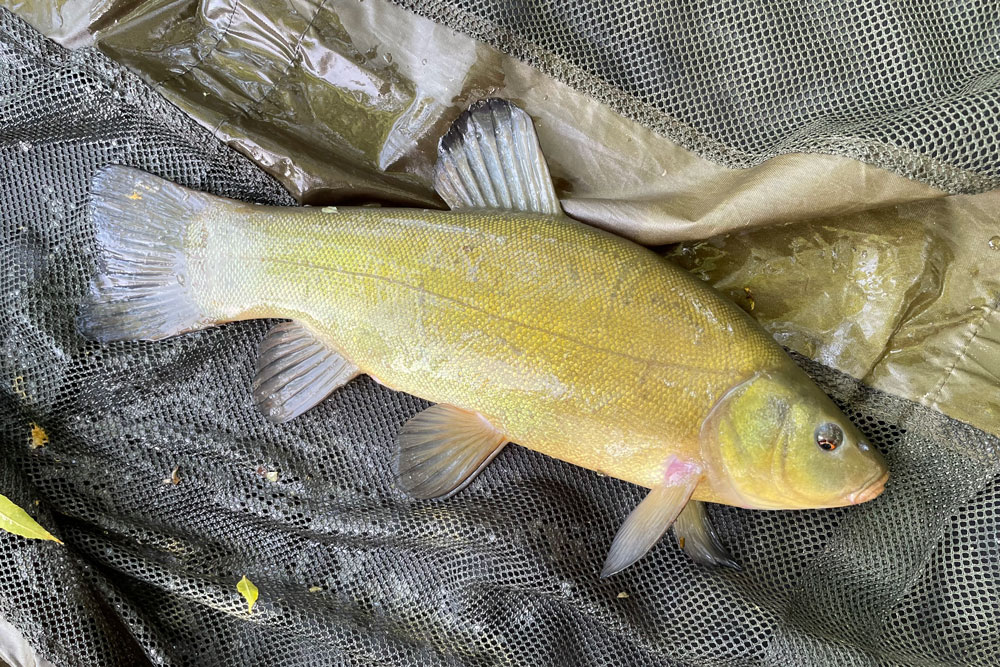
In the standard 10ft length, it was ideal for the general fishing I had in mind on those typical smaller tench waters that often feature low overhanging bushes and trees with limited casting room. However, it’s also supplied with an additional extension that fits into the butt taking a choice of two lighter quiver tips, 2oz and 3oz, giving me the choice with this option to feeder fish effectively without carrying extra rods. I move swims a lot if I’m not catching, and having light, portable gear that’s quick to pack down and reassemble can add extra fish on difficult days.
I’d also realised that this rod, in the standard 2-piece format, was also perfect for targeting average-sized carp in waters where snags are minimal should I see a carp opportunity and would probably get pressed into service for certain lighter barbel scenarios, too. It would also suit some summer mullet fishing I do in estuary environments, especially small creeks, and shallow lagoons. In short, it offered all the versatility I wanted.
Another factor to consider was the quality of the fittings. The CR10’s feature Fuji-K Series Alconite tangle free guides, plus the well-proven Fuji DPS reel seat. I also noted the quality of the cork used for the full-length handle. This was a rod that was designed to work hard but last.
I was so impressed with the CR10’s I bought two, intending to fish them side by side for the tench and bream, where possible, to maximise my chances.
The first few trips one CR10 was pressed into service for a bit of light carping and a string of fish to over 10lbs put the rod through its paces and proved to me what a wise choice I’d made. The weather was continually bad thereafter, but I did get a few smaller late season tench to open my tinca account, just to keep things ticking over.
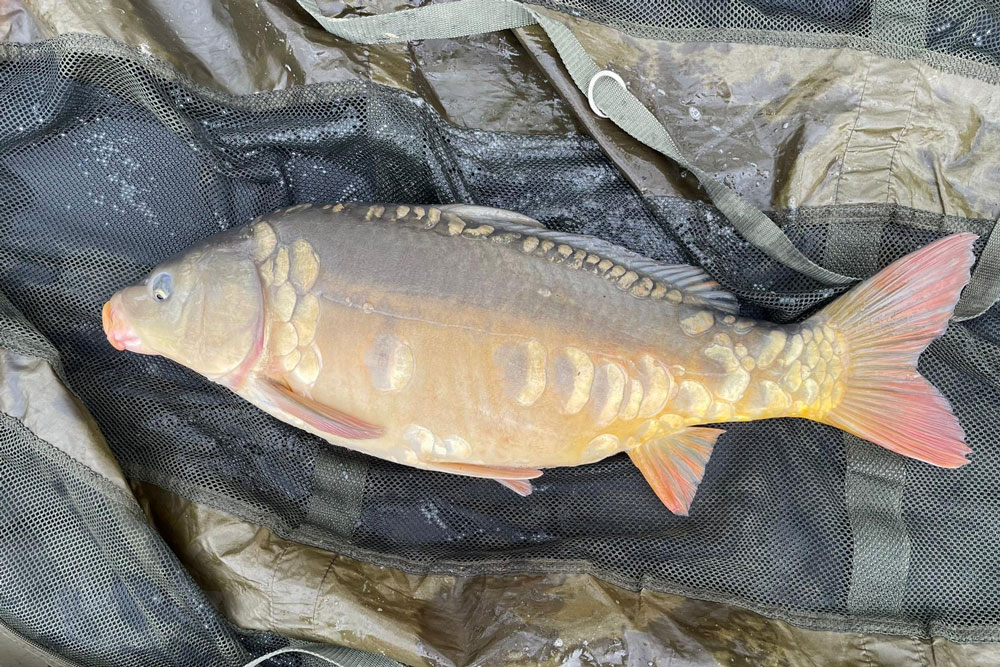
The most recent trip was to an old estate lake, with early optimistic tench the target but with the knowledge that the odd big bream could come out, too. I set up with a feeder and helicopter rig utilising a short 3-inch 6lb Fluorocarbon hook length and size 14 hook. I put some initial bait out then cast both rods about 40-yards on to individually baited spots to cover as much water as possible as it was my very first time on the water and info was patchy.
I then watched motionless rods for the next 4 hours as a cold wind chased across the water and chilly rain tried to find every weakness in my clothing. The first bite came as a surprise, but the alarm made that welcome warble that stops your heart for a split second, and the rod tip slowly inched upwards as the line tightened. Lifting into the fish, I felt it thump a few times way out, then saw the tail of a decent bream break the surface in what was generally shallow water. I got a glimpse of the fish side on about 20-yards out. Easing it towards the net I realised that, for me, it was going to be a PB, and so it proved at bang on 7lbs. I followed it up with bream to over 4lbs on a day when fish were very scarce all around the lake. A decent result for a first day on a new water!
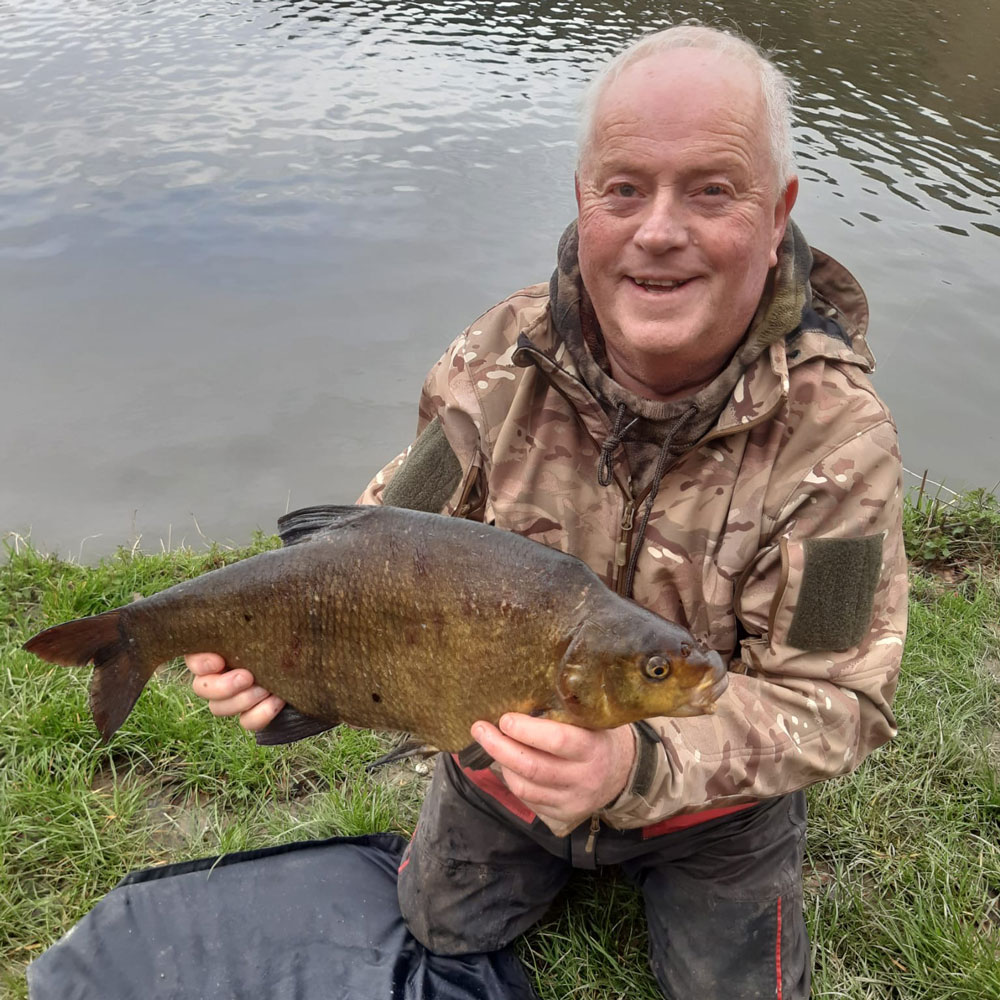
As I use the CR10 Specimen Rod more, I’ll keep you informed as to how I get on. Until the next time, tight lines!

